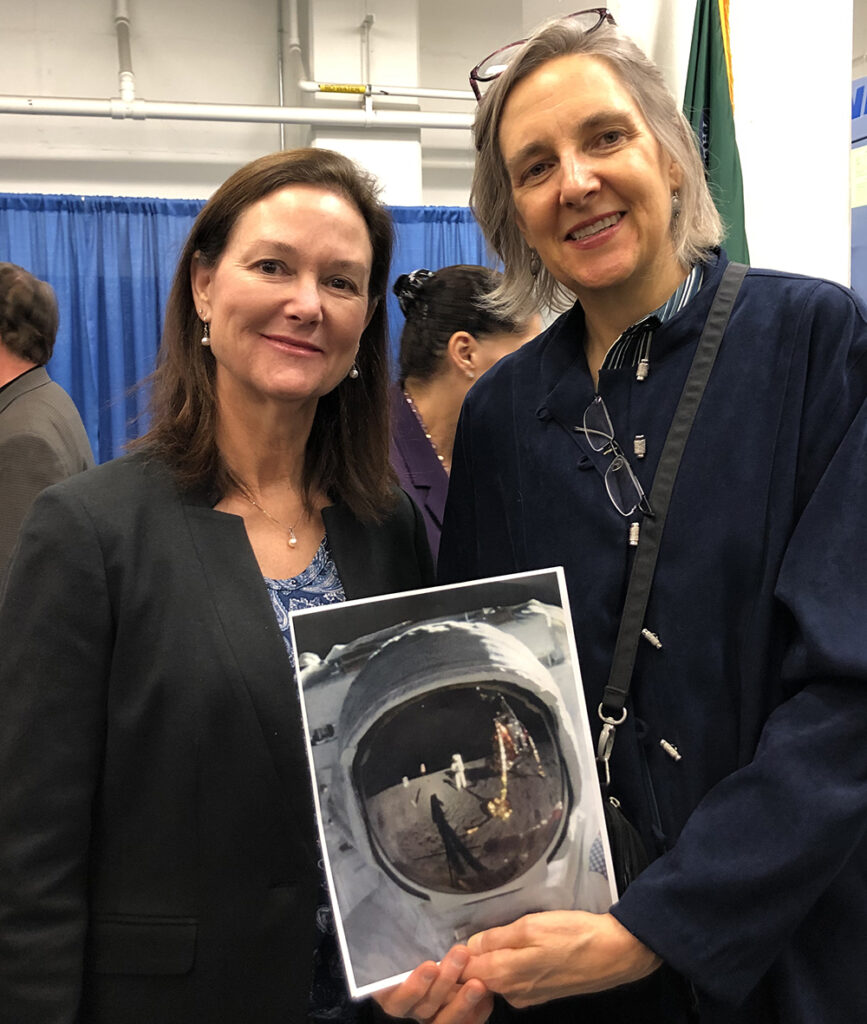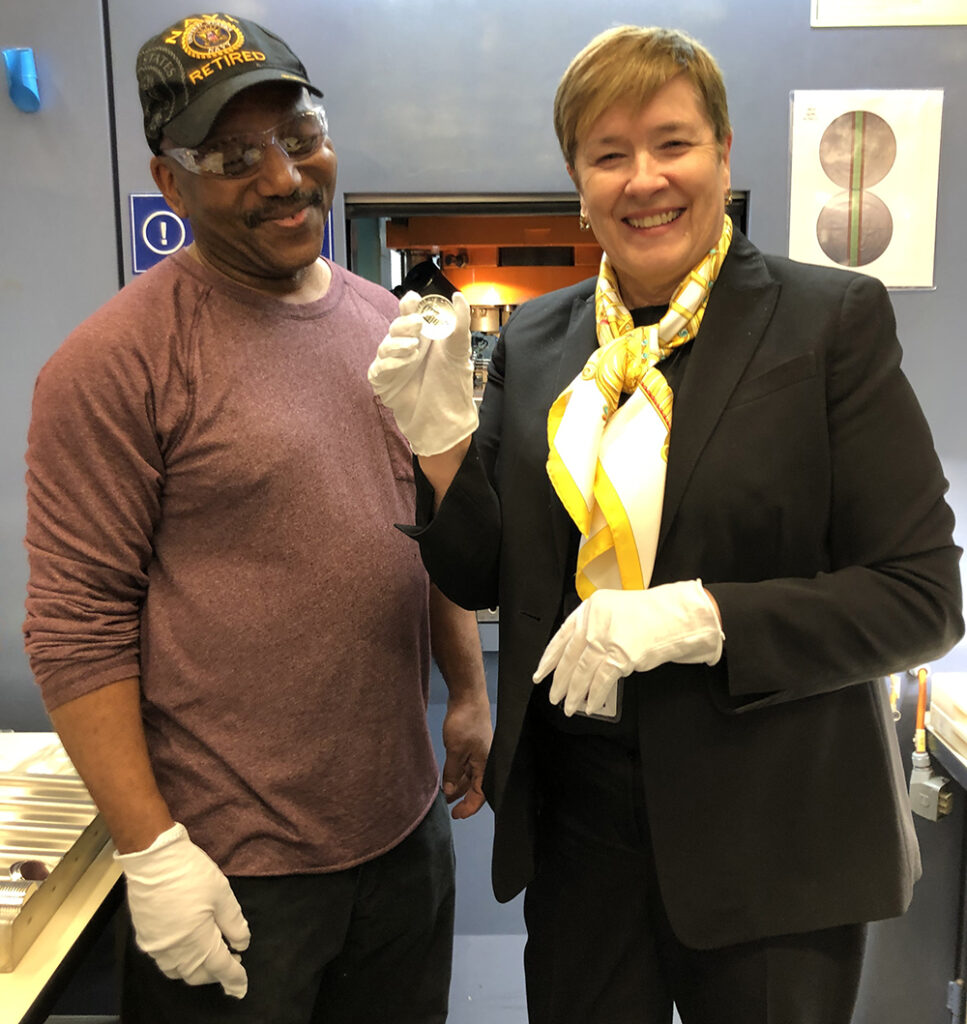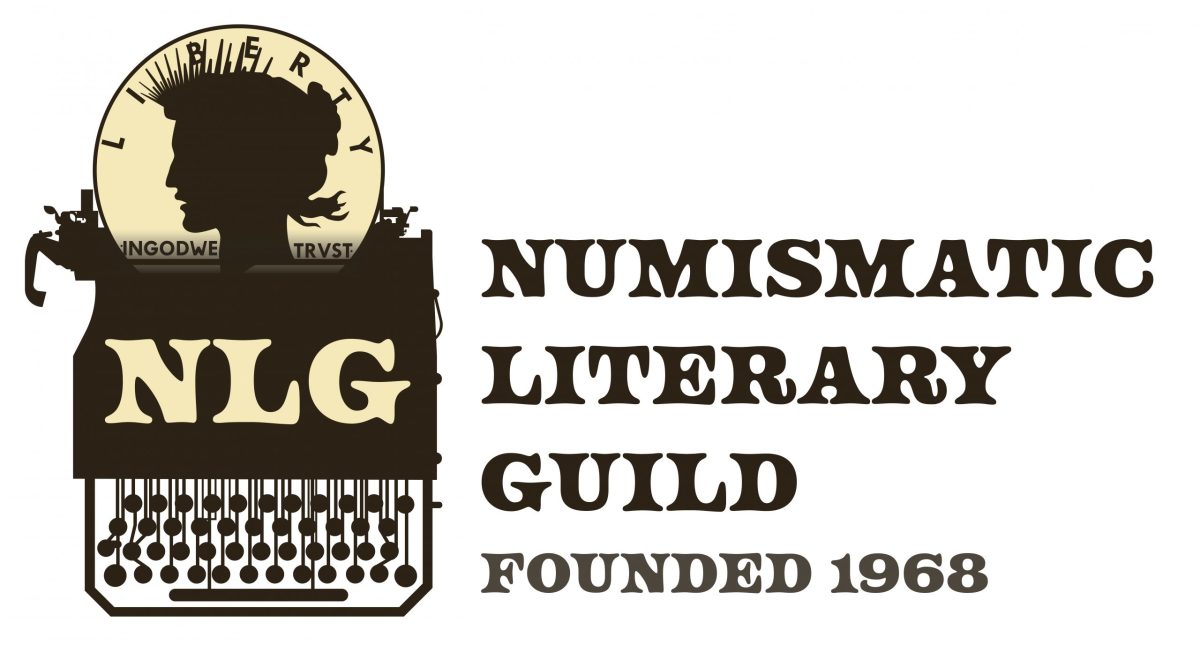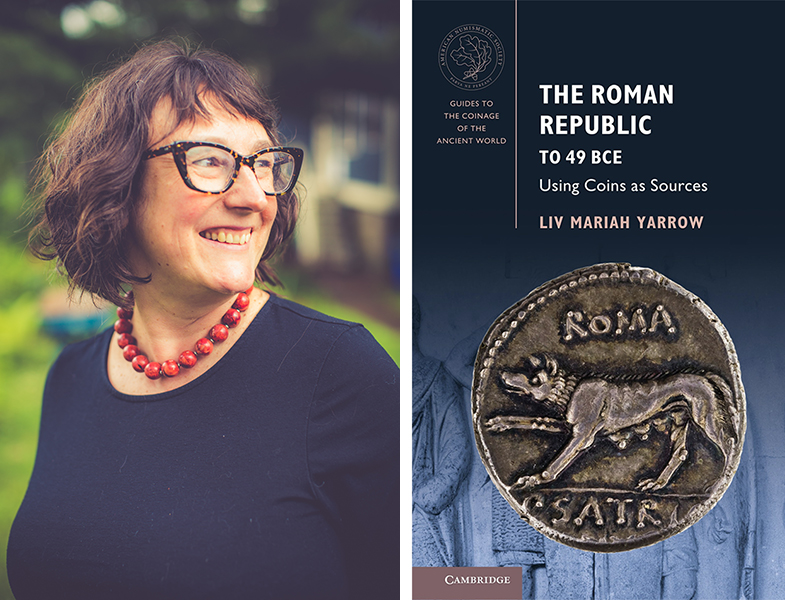When the Moon Throws You a Curve....
There are few universal memories that make each of us think back and say, “Ah, I remember…”. One of these took place on July 20, 1969, when all nations were held mesmerized watching Apollo 11 and humanity’s first steps on the moon.
My link to that day culminated in an opportunity, as a member of the Citizens Coinage Advisory Committee, to attend the ceremonial strike for the Apollo 11 $1 silver coin at the U.S. Mint in Philadelphia on December 13. I was able to strike my own $1 coin, ably assisted by Coin Press Operator, Kenneth Holland. Other “temporary” press operators were the children of the Apollo 11 astronauts, Mark Armstrong, son of Neil Armstrong, Andy Aldrin, son of Buzz Aldrin, and Ann Starr, daughter of Michael Collins.

The Apollo 11 50th Anniversary Commemorative Coin Program had been passed two years earlier by Congress, with common obverses and reverses required for the four coins in the series: a curved $5 gold coin, a curved $1 silver coin, a curved half-dollar clad coin, and a curved 5-ounce 3-inch $1 silver proof coin, the largest curved coin ever struck by the U.S. Mint. Quantities struck from this series should enable collectors to add to their collections – 50,000 $5 gold half-eagles, 400,000 $1 silver coins, 750,000 clad half-dollars, and 100,000 5-ounce $1 silver proof coins. The coins will be available for sale on January 24, 2019, and can be obtained at www.usmint.gov.
While the image of the reverse was mandated by the law—the famous ‘‘Buzz Aldrin on the Moon’’ photograph taken July 20, 1969, that shows just the visor and part of the helmet of astronaut Buzz Aldrin, in which the mirrored visor reflects the image of the United States flag, the lunar lander, and the remainder of the helmet has a frosted finish—the obverse design was open to a juried competition, judged by selected members of both the Citizens Coinage Advisory Committee and the Commission of Fine Arts, with the final selection made by the Secretary of the Treasury.
Gary Cooper had his design of the boot imprint on the lunar surface selected as the winning representation, sculpted by U.S. Mint Sculptor-Engraver Joseph Menna. U.S. Mint Sculptor-Engraver Phebe Hemphill sculpted the reverse.
A sell-out of these coins will result in surcharges of $14 million for the three designated beneficiaries—50% to the Smithsonian Institution’s Air and Space Museum’s Destination Moon exhibit, 25% to the Astronauts Memorial Foundation, and 25% to the Astronaut Scholarship Foundation.
—Mary Lannin, ANS Trustee






